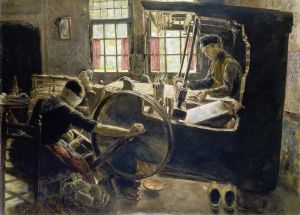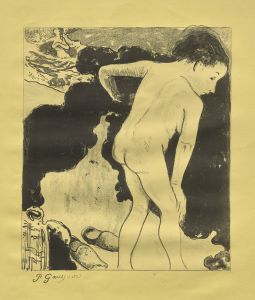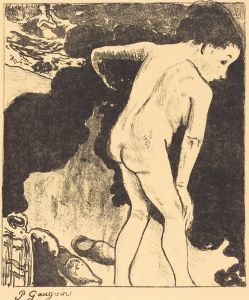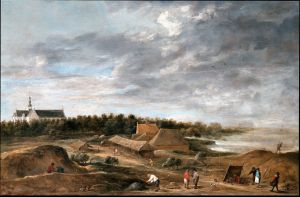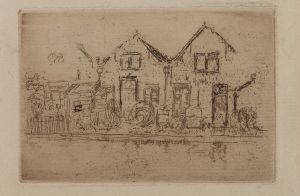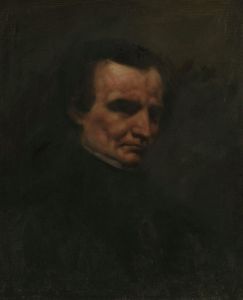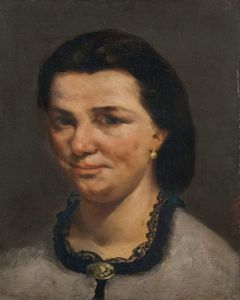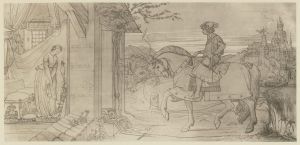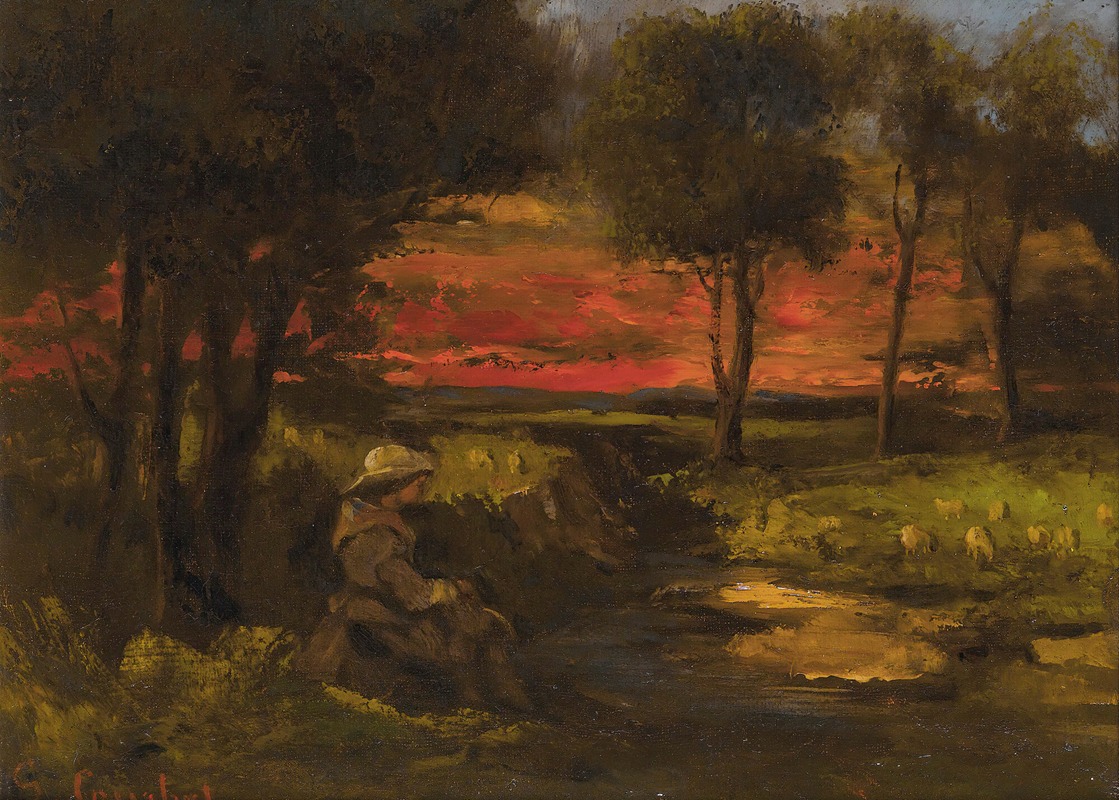
Breton spinner
A hand-painted replica of Gustave Courbet’s masterpiece Breton spinner, meticulously crafted by professional artists to capture the true essence of the original. Each piece is created with museum-quality canvas and rare mineral pigments, carefully painted by experienced artists with delicate brushstrokes and rich, layered colors to perfectly recreate the texture of the original artwork. Unlike machine-printed reproductions, this hand-painted version brings the painting to life, infused with the artist’s emotions and skill in every stroke. Whether for personal collection or home decoration, it instantly elevates the artistic atmosphere of any space.
Gustave Courbet, a prominent French painter known for leading the Realism movement in 19th-century art, created the painting "Breton Spinner" in 1854. This artwork is a testament to Courbet's dedication to depicting everyday life and ordinary people with a sense of authenticity and respect. The painting is part of Courbet's broader oeuvre that often focused on rural scenes and the working class, challenging the traditional subjects of historical and religious themes that dominated the art world at the time.
"Breton Spinner" portrays a woman engaged in the act of spinning, a common occupation in rural Brittany, a region in the northwest of France. The painting captures the simplicity and dignity of the spinner's life, emphasizing the physicality and concentration required in her work. Courbet's attention to detail is evident in the textures of the woman's clothing and the spinning wheel, as well as in the naturalistic rendering of her surroundings. This focus on realism is characteristic of Courbet's style, which sought to represent subjects truthfully without idealization.
The composition of "Breton Spinner" is straightforward yet effective, drawing the viewer's attention to the central figure. The woman is depicted seated, with her gaze directed towards her task, suggesting a moment of introspection or focus. The muted color palette and the use of light and shadow enhance the sense of realism and contribute to the painting's overall mood of quiet industriousness. Courbet's brushwork is both precise and expressive, capturing the textures of the fabric and the wood of the spinning wheel, as well as the subtle play of light on the woman's face and hands.
Courbet's choice to depict a Breton spinner reflects his interest in regional diversity and the lives of ordinary people. During the 19th century, Brittany was often romanticized in literature and art for its distinct cultural identity and picturesque landscapes. However, Courbet's portrayal is devoid of romanticization, focusing instead on the authenticity of the spinner's experience. This approach aligns with the Realist movement's goal of presenting a truthful, unembellished view of the world.
"Breton Spinner" is an example of Courbet's commitment to social realism and his belief in the importance of representing the lives of common people. His work had a significant impact on the art world, influencing subsequent generations of artists who sought to depict reality in their work. Courbet's emphasis on realism and his challenge to the established norms of art paved the way for future movements, such as Impressionism and Modernism, which continued to explore new ways of seeing and representing the world.
Today, "Breton Spinner" is appreciated not only for its artistic merit but also for its historical significance as part of Courbet's revolutionary approach to art. The painting serves as a reminder of the artist's dedication to capturing the essence of everyday life and his role in shaping the course of modern art.






